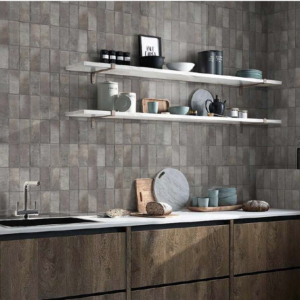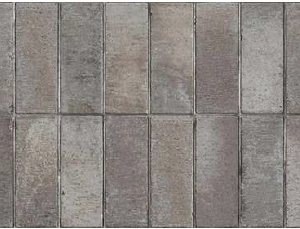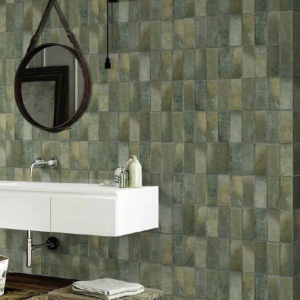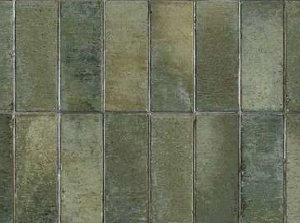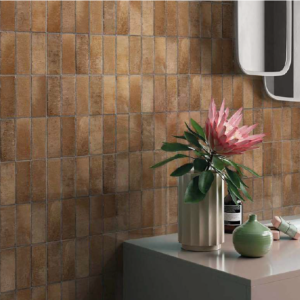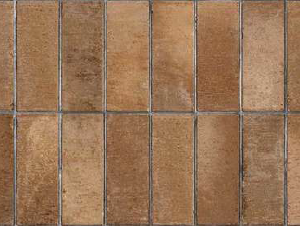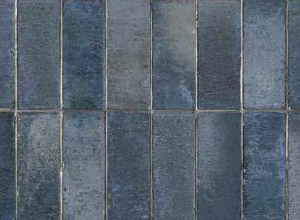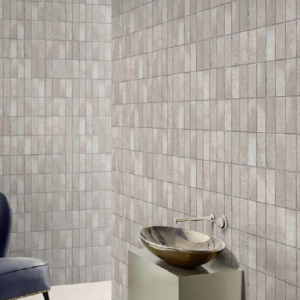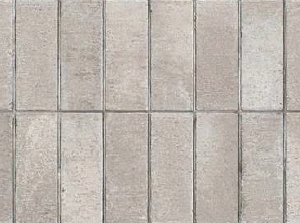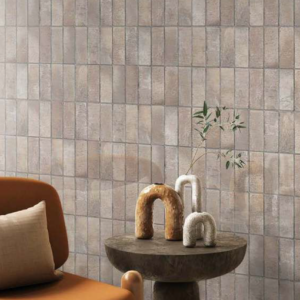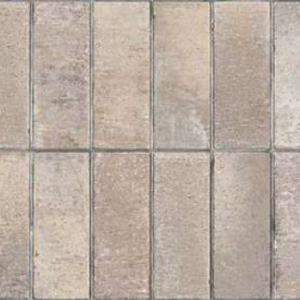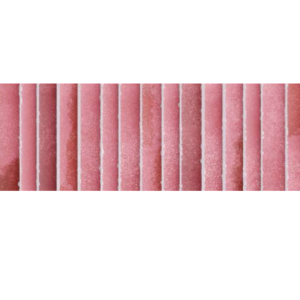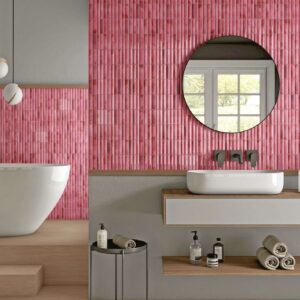Buy the Best Bathroom Wall Tiles: A Guide to Materials, Trends, and Care
Selecting the perfect bathroom wall tiles plays a role in shaping a space that’s not only practical but also visually appealing. The right choice of tiles can elevate a bathroom into a retreat establishing the ambiance for the entire area.
At The Tiles House we firmly believe in the importance of creating a tranquil in every bathroom—a blend of style and functionality. Our story is one of passion, innovation, and dedication. We dedicate ourselves to offering exceptional bathroom wall tiles. They should inspire and delight as we grow and evolve. The Tiles House crafts spaces that envelop you in a sense of home.
This article will walk you through aspects of bathroom wall tiles encompassing tile varieties, current design trends, the distinctive qualities of 3D tiles and an array of available materials. Moreover we will share advice on maintaining your bathroom tiles to ensure they uphold their elegance, in your bathroom for years to come
Exploring the Best Bathroom Wall Tiles: Materials and Their Unique Benefits
Choosing the right bathroom wall tiles is vital. It affects both function and looks. Here’s a look at the best bathroom wall tiles. Will cover the materials used and how they differ from those in other areas of the home.
Materials for bathroom wall tiles
When choosing tiles for bathroom walls, rank moisture resistance and ease of maintenance. Here are the top options:
- Ceramic tiles: Durable and water-resistant, they come in many colors and patterns. They are a cheap option for bathrooms.
- Vitrified Tiles: They’re denser and less porous than ceramic. So, they’re ideal for high-traffic bathrooms. They resist moisture and are very durable. They also mimic natural stone or wood.
- Glass Mosaic Tiles: These tiles have a modern, elegant look. They reflect light, which makes bathrooms feel brighter and more spacious.
- Natural Stone Tiles: Marble, granite, and travertine look luxurious. But they need regular maintenance and sealing to prevent water damage.
Material Differences
Bathroom tiles use different materials than those in other areas of the home. This is due to the unique demands of a bathroom environment.
- Bathroom tiles must withstand water and humidity to prevent damage. Porcelain and glass tiles excel here. Natural stone tiles may need extra sealing.
- Durability: High-traffic areas, like bathroom floors, need durable tiles. They must withstand wear and tear. Porcelain and ceramic tiles are strong. Natural stone is beautiful but needs more care.
- Maintenance: Bathroom tiles should be easy to clean and maintain. Ceramic and porcelain tiles are low-maintenance. Natural stone tiles need more sealing and cleaning.
By knowing these options and their benefits, you can choose the best bathroom tiles. They should balance style, function, and durability.
Design Trends in Bathroom Wall Tiles
The latest trends in bathroom wall tiles blend style with function. They create spaces that are both beautiful and practical. Here are some of the most exciting design trends:
Modern bathroom tiles: – have bold patterns and geometric shapes. They add a trendy flair to your space. These designs can be intricate mosaics or large, repeating patterns. They make a strong visual statement.
3D and textured tiles: they add depth and dimension. 3D and textured tiles create a dynamic look. They turn flat surfaces into engaging features. These tiles often mimic natural textures or abstract patterns, enhancing the tactile experience.
Subway Tile Variations: Classic subway tiles are still popular. But, trends now favor variations like elongated shapes, unique finishes, and color gradients. These updates offer a fresh take on a timeless design.
Natural Stone and Marble Effects: Tiles that mimic the look of natural stone or marble are in high demand. These designs look like stone. But, they are as durable and easy to maintain as ceramic or porcelain tiles.
Cleaning and Maintenance Tips for Bathroom Wall Tiles
- Use a mild, non-abrasive cleaner and a soft cloth to clean the bathroom tiles. Avoid harsh chemicals that can damage the surface.
- Keep grout lines clean by using a grout cleaner or a mixture of baking soda and water. Use a light touch to prevent grout damage.
- Ventilate the bathroom to prevent mold and mild. Clean any visible mold with a mixture of water and white vinegar.
- Clean tiles, then flush with water to remove dirt completely. This removes any residue from cleaning products, which can dull the finish over time.
- Remove stains immediately to prevent them from becoming permanent marks. For tougher stains, use a specialized tile stain remover.
- Preserve natural stone by applying sealant to tiles at regular intervals. This protects against water damage and stains. Follow the manufacturer’s instructions for application and reapplication.
- Use soft cloths and non-abrasive sponges. They will not scratch the tile.
The Tiles House has high-quality products at great prices. Their expert team will help you choose the best option for your project. Enjoy the convenience of online shopping and enjoy reliable customer service.
Don’t miss out on the opportunity to elevate your space with top-notch tiles. Visit TheTilesHouse.com today. It’s your first step toward your dream home!
FAQS
Which tiles are best for bathroom walls?
For bathroom walls, you want tiles that can withstand moisture and frequent cleaning. The best options include:
- Ceramic tiles: affordable, durable, and moisture-resistant. They come in various colors and patterns, making them versatile for any design.
- Porcelain tiles are denser and less porous than ceramic. So, they resist water and stains very well. Ideal for high-moisture areas.
- Glass Tiles: Add a sleek and modern touch. They resist moisture and can reflect light. This makes small spaces look larger.
- Natural Stone Tiles: Marble and granite look luxurious. But they need sealing to prevent water damage. They are more prone to staining and must have regular maintenance.
How do I choose the right design for my bathroom wall tiles?
Choosing the right design involves considering several factors:
- Size of the Space: Use lighter colors and smaller tiles in small bathrooms. They can make the space look larger. For larger bathrooms, you can use larger tiles or bold patterns.
- Existing Décor: Match the tile design with your existing fixtures and furnishings. If you have a modern bathroom, sleek and minimalist designs work well. For a more traditional look, classic patterns and colors may be appropriate.
- Personal Style: Pick a design that reflects your taste. It can be a monochromatic look, colorful patterns, or textured finishes.
- Functionality: Choose tiles that are easy to clean and maintain. A bathroom that sees frequent use demands careful planning.
How can I clean and maintain bathroom wall tiles?
- Regular Cleaning: Use a mild detergent and water to clean tiles. Avoid abrasive cleaners that can scratch the surface.
- Grout Care: Clean grout lines with a grout cleaner or a mixture of baking soda and water. Consider sealing grout lines to prevent staining.
- Avoid harsh chemicals: Steer clear of bleach or ammonia, as they can damage the tiles or grout over time.
- Drying: After cleaning, wipe down the tiles with a dry cloth to prevent water spots and mold growth.
How high should tiles be on a bathroom wall?
- Full height: Tiling from floor to ceiling in wet areas prevents water infiltration. It also gives a seamless look.
- Half or Partial Height: For a traditional look, tiles can cover half or three-quarters of the wall. In this case, use water-resistant paint or wainscoting above the tiles.
How do I calculate the number of tiles I need for my bathroom wall?
- Measure the wall area: Multiply the length and height of each wall to get the total square footage.
- Calculate Tile Coverage: Find the size of each tile. Then, calculate the area it covers. For example, a 12×12-inch tile covers 1 square foot.
- Determine the number of tiles: Divide the total wall area by the tile area to find out how many tiles you need.
- Add Extra Tiles: Include an extra 10-15% for cuts, mistakes, and repairs.
These guidelines will help you choose and care for bathroom wall tiles. They will improve your space, both in appearance and function.
Active Filters:
Clear Filters
-
Marvello Slate Gloss Tile 12*24 Inches
₹120.00/ Sqft -
Marvello Green Gloss Tile 12*24 Inches
₹120.00/ Sqft -
Marvello Brown Gloss Tile 12*24 Inches
₹120.00/ Sqft -
Marvello Blue Gloss Tile 12*24 Inches
₹120.00/ Sqft -
Marvello Grey Gloss Tile 12*24 Inches
₹120.00/ Sqft -
Marvello Beige Gloss Tile 12*24 Inches
₹120.00/ Sqft -
Dusty Rose Fluted Kitkat Tile 4×12 Inch
₹210.00/ Sqft
Showing all 7 results
